|
When one thinks of wines from the western part of the United States, in all likelihood, California comes to mind first. However, the Pacific Northwest is known for its fine wine production from Oregon and Washington. These northern states benefit from warm days and cool nights, resulting in ripe fruit and fresh acidity in the wines. Oregon is known for its production of Pinot Noir, and Washington has a reputation for its fine Cabernet Sauvignon, Merlot, Riesling, and Chardonnay. Andrew Family Vineyards is nestled in the picturesque Horse Heaven Hills AVA in south-central Washington, a part of the larger Columbia Valley. Horse Heaven Hills is one of Washington’s warmer growing regions and is ideal for Cabernet Sauvignon. Vineyards are planted on south-facing slopes, which provides ample sun exposure. Jeff Andrews is the owner and third generation of this family-run business. With their first brand, Trothe, receiving accolades since 2021, the team has released their second brand this spring, Sagebreaker, honoring their great-grandfather, George Smith, who tirelessly and with great difficulty broke ground and cleared sagebrush to make way for cultivation. Winemaker, Ray McKee, part of the Trothe team, has captured the essence of over 80 years of family history with Sagebreaker. While the Trothe brand is focused on single varietals, Sagebreaker focuses on classic blends, incorporating the notable terroir of Horse Heaven Hills with its rich granite soil. I received three samples of their inaugural vintage release of Sagebreaker, and I’m delighted to share my thoughts with you! Sagebreaker White Blend 2023
This is a classic Rhône white blend of Viognier, Roussanne, and Marsanne, all certified sustainable estate fruit. “Each variety is grown on a parcel of their vineyard best suited to its defining varietal characteristics—Viognier and Roussanne on cooler, lowland blocks and Marsanne on a warm hilltop.” The grapes were picked, pressed, and vinified together for a co-fermentation. Nose: Fragrant white flowers, stone fruit, and apricot. Palate: It is fresh and vibrant with notes of peach, apricot, honey, citrus, and minerality. It has great texture, and is a winner in my books! Alcohol: 13.5% SRP: $48 Pairing suggestions: Enjoy as an aperitif, or serve with ceviche, shrimp scampi, grilled poultry dishes, or salads. Sagebreaker Rhône Blend 2021 This wine is a classic Rhône blend of Grenache, Syrah, and a dash of Mourvèdre harvested from certified sustainable estate vineyards. After fermentation in Italian concrete, the wine was aged for 18 months in new 100% French oak. Nose: Red fruit aromas, bramble fruit, plum, and minerality, Palate: Strawberries, raspberry, plum, baking spice, crushed stone, and dark chocolate on a long finish. Smooth tannins and well balanced with acidity. A bright, spicy, earthy, and well-structured wine. Alcohol: 15% SRP: $68 Pairing suggestions: Grilled meat, poultry, game, or tuna. Charcuterie board Sagebreaker Bordeaux Blend 2021 This is a beautiful blend of 75% Cabernet Sauvignon and 25% Merlot, all sourced from certified sustainable estate vineyards. The wine was fermented in a mix of Italian and French concrete to preserve its natural freshness. It was then aged for 22 months in new French oak barrels. Nose: Rose petals with a blend of dark berries, baking spice, and herbs. Palate: Aromas segue onto the palate with bursts of dark berries, plum, sweet cherry tobacco, and dark chocolate. Beautifully balanced, rich, complex, and impressive! Alcohol: 14.5% SRP: $84 Pairing suggestions: Beef bourguignon, vegetable stew, roasted lamb, seared tuna, or mushroom risotto. The prices may be steep, but they are worth every sip! Until next time… Cheers, Penina To leave a comment or if you have an inquiry, please contact me at [email protected] It’s time to wine and dine! So, fire up the grill and toss on your favorite meat or tuna steak. I have two delicious reds to pair with your feast! A few months ago, I reviewed a delectable Sauvignon Blanc from Oberon Wines, part of the Michael Mondavi Family portfolio based in Napa Valley, CA. The head winemaker for Oberon Wines is Tony Coltrin, a lifelong resident of Napa. With over a half-century of winemaking experience, Tony knows every expression of the valley and, specifically, which sub-zones produce exceptional classic Bordeaux grapes, including the Paso Robles wine region. Tony’s enduring relationships with growers throughout Napa Valley are the very essence of Oberon’s quality and consistency. Tony selects top-quality fruit year after year from the finest wine-growing regions throughout Napa Valley and Paso Robles. A short time ago, I received samples of Oberon’s Napa Valley Merlot and Paso Robles Cabernet Sauvignon, two noteworthy wines. Oberon Napa Valley Merlot 2021 The grapes for this Merlot were sourced from Napa’s renowned Oakville district. Oakville lies on the valley floor in the heart of Napa. The deeper, well-drained alluvial soils in the vineyards, along with the perfect balance of cool mornings and warm afternoons, make this the ideal location for growing Bordeaux varietals. In addition, Tony sources Syrah and Zinfandel in small lots specifically for this blend as they merge well with the Merlot and bring out the rich character of this expressive Oakville fruit. It is aged 12 months in French oak barrels. Nose: Ripe berries, plum, and baking spice. Palate: Dark cherry, strawberry, and red plum, with a hint of cocoa and mild tannins. It is a vibrant and nicely layered wine. Alcohol: 13.9% SRP: $28 Pairing suggestions: Grilled meat, seared tuna, porcini risotto, and grilled veggies. Oberon Paso Robles Cabernet Sauvignon 2021 Tony created this Cabernet Sauvignon by sourcing grapes from a few distinct vineyards in Paso Robles, including Santa Margherita Ranch, originally planted by the Mondavis, and the San Juan Creek Ranch. The blend for this wine is 85.7% Cabernet Sauvignon, 9% Petite Sirah, and 5.3% proprietary red field blends. Tony said, “Layering fruit from these distinct Paso Robles ranches provides for a wine with greater complexity and a more dynamic flavor profile.” This wine was aged for 12 months in 45% new French oak. Nose: Floral, red berries, plum, herbs, and baking spice. Palate: Ripe dark berries, bing cherry, and a touch of thyme. Vanilla, dark chocolate, and candied fruit linger on a long finish. Alcohol: 13.7% SRP: $25 Pairing suggestions: Just about anything charred, seared or grilled will work! This wine is also a great sipper before or after a meal. Happy grilling and happy sipping! Until next time…
Cheers! Penina To leave a comment or if you have an inquiry, please contact me at [email protected] It is truly remarkable how a simple sip of wine can transport me to a different place and time. In 2022, I traveled to Alentejo, Portugal, with a small group of fellow wine writers. We had the pleasure of visiting 11 wineries, and meeting engaging winemakers. We tasted memorable wines, indulged in the local cuisine, and soaked up this small region’s rich history and culture. I wrote many articles about Alentejo before my visit and several articles after returning. So, instead of repeating myself about its eight sub-regions, terroir, and grapes, please click “Alentejo” on the Categories list to read about this fascinating region, its wineries, and grapes. Or jump to this article for a quick introduction. thewineknitter.com/the-journal/alentejo-a-magical-wine-region While in Alentejo, we visited the estate of Herdade Do Esporão, located in the Reguengos de Monsaraz DOC sub-region. Herdade do Esporão is one of the largest wine producers in Alentejo. They have over 450 hectares of vineyards with 194 grape varieties planted on the estate, of which 37 are in full production. In addition to the wine vineyards, there are four types of olive trees in the 80-hectare olive groves, along with orchards and kitchen gardens. All farming uses organic methods and integrated production. They began the transition to organic farming in 2008, and 11 years later received their organic certification. I recently received Esporão Reserva Red and White samples, which I also enjoyed tasting while visiting the estate. (I took both photos 11/2022.) Although the samples are different vintages with new label designs, these wines evoke fond memories of a great trip! Esporão Reserva White 2022 DOC Alentejo This wine is considered the flagship wine of the Esporão Alentejo estate. Grapes are harvested from 18 to 27-year-old grapevines in certified organic vineyards with soil of granite/schist base and loam/clay structure. It is a blend of Antão Vaz, Arinto, and Roupeiro grapes. It is aged six months in stainless steel tanks and new American and French oak barrels. Nose: Hints of white flowers, honeydew, white stone fruit, vanilla, and toasted notes. Palate: This wine is fresh and vibrant with a touch of tropical notes. Honeydew, pineapple, minerality, and lemon zest are playful on the palate. Alcohol: 13.5% SRP: $23 Pairing suggestions: Enjoy as an aperitif or with salads, grilled chicken, and sushi. Esporão Reserva Red DOC Alentejo 2021 Herdade Do Esporão first introduced this wine in 1985. It is a blend of Alicante Bouschet, Trincadeira, Touriga Nacional, Aragon, and Cabernet Sauvignon. The grapes are sourced from vineyards with organic farming certification and vines averaging 20 years of age. This wine is aged 12 months in new (20%) and old (80%) American oak and French oak barrels, and then a minimum of six months in the bottle. Nose: Violet notes, dark berries, plum, a hint of cherry, baking spice, and pepper. Palate: Aromas dance onto the palate with spice and slightly chewy tannins on the finish. It is very drinkable now, but I used my Coravin and look forward to tasting this again in one year. Alcohol: 14% SRP: $23 Pairing suggestions: Serve with grilled meat, pasta, grilled or sautéed veggies, or burgers and fries. The next time you want to travel to a particular wine region, start with a glass of wine and let your palate begin the journey! Until next time… Cheers! Penina To leave a comment or if you have an inquiry, please contact me at [email protected] Several years ago, I wrote an article about Jean-Luc Colombo Winery. Recently, I received two of their wines, which sparked a desire to revisit the winery and its story. Jean-Luc Colombo winery is located in the appellation of Cornas in the northern Rhône Valley, France. Cornas is the smallest appellation in the Rhône Valley, consisting of approximately 300 acres, and is dedicated to producing only red wine from the Syrah grape. The Mediterranean climate and decomposed granite soils contribute to the richness and character of these wines. In addition to producing wine from vineyards in the northern and southern Rhône Valley, Jean-Luc Colombo also produces wine from vineyards in Languedoc and Provence. As a child, Jean-Luc spent considerable time helping his mother in her restaurant in Marseille, where he was always surrounded by good food and wine. Growing up with a successful restaurateur, Jean-Luc developed a discerning palate for wine. With a passion for science, Jean-Luc received a pharmacy degree and combined his love of Syrah and science by creating a wine laboratory in 1984 with his wife Anne, Centre Oenologique des Cotes du Rhone. Jean-Luc quickly established himself as a wine consultant for wineries throughout the Rhône Valley, including many top domaines. The Colombo family purchased their first vineyard in the early 1980s, planted with old Syrah vines, overlooking the village of Cornas, and fulfilled Jean-Luc’s dream of becoming a winemaker and viticulturist. In 1987, he produced the first vintage of Cornas “Les Ruchets,” which became the flagship cuvée of the domain. Their daughter Laure is also passionate about wine. She received a Bachelor’s degree in Viticulture and Oenology in Bordeaux (and interned at Château Haut-Brion for one year). She followed it up with a Master’s degree in Oenology from the University of Montpellier. Laure also experimented with some vinifications in the southern hemisphere. At this point, she told her father and mother that she was ready, and she joined the family estate in 2010 as their winemaker. Bees are an integral part of the estate. The Colombo family began harvesting grapes and honey with their first vineyard, Les Ruchets, which translates to “the beehives” in French. In addition to time spent producing outstanding wines, the Colombo family also pours their hearts and souls into maintaining a safe haven and ensuring the longevity of the bee colonies. Through education, the elimination of harsh pesticides, and the planting of nutritious flora, the honey bees live in a fruitful and biodiverse landscape, contributing to the health of the grapes and terroir. Interesting facts: 1) Honey bees pollinate more than 90% of flowering crops – including many of the fruit and food items we eat – so they play a vital role in our food supply. 2) Honey bee colonies typically consist of only one queen bee, several hundred drones (male bees), and thousands of adult female worker bees. The colony also contains developing eggs, larvae, and pupae. Above photos of bee colonies and Laure are courtesy of the winery. Due to environmental factors, the Colombo family began to see a depletion in the honey bees’ local and global population, causing Colony Collapse Disorder. This disorder threatens bees’ crucial role in agriculture, as it causes adult bees to abandon their hives and fly off to die. The cause of this disorder is unknown, and it has spread to over half of the U.S. states, with similar reports in parts of Europe, Brazil, and Canada. So, the Colombo family, together with their U.S. importer, Taub Selections, united two great passions—winemaking and beekeeping—to develop the Bee Helpful Program. For every purchase of a bottle of Jean-Luc Colombo’s Les Abeilles (meaning The Bees in French) Côtes du Rhône white or red, a donation is made to the UC Davis Department of Entomology in support of their research to help restore healthy honey bee colonies. Jean-Luc said, “Living in the middle of the vineyards in Cornas, we have always made it a point to honor and preserve this environment and to work in harmony with nature. It is essential that vines, insects, and animals of all hairs and feathers coexist and thrive. For many years, “organic” methods have been applied to the vine, and Laure Colombo launched in 2012 the organic certification process for our estate (officially called ECOCERT in Europe), effective since the 2015 vintage.” Let’s taste some wine! Jean-Luc Colombo Côtes Du Rhône Blanc “Les Abeilles” 2022 This delightful wine is a blend of traditional white southern Rhône grapes, 80% Claudette, and 20% Roussane. The grapes are hand-picked and fermented in stainless steel tanks. The Claudette is aged in tanks, and the Roussanne matures in two to five-year-old oak barrels for six months. Nose: Floral, white stone fruit, citrus, apple, and a touch of minerality. Palate: Crisp and refreshing with notes of peach, pear, and sweet lemon on the finish. Alcohol: 13% SRP: $18.99 Pairing suggestions: Seafood, grilled chicken, quiche, and a summer pasta salad. Jean-Luc Colombo Côtes Du Rhône Rouge “Les Abeilles” 2021 AOC This wine is 60% Granache, 30% Syrah, and 10% Mourvèdre. The grapes are grown on 25-year-old vines in the AOC Côtes du Rhône appellation and hand-picked at harvest. Aging takes place in stainless steel tanks for ten months before bottling. Nose: Ripe red fruit, violets, purple plum, and a touch of licorice. Palate: Silky with notes of anise, dark berries, dark cherry, and a dollop of spice. Alcohol: 13% SRP: $18.99 Pairing suggestions: Jean-Luc Colombo says, “This wine is food-friendly and pairs with everything from roasted chicken, lamb, pork, charcuterie, to assorted cheeses – best enjoyed with a spoonful of honey.” Enjoy these wines while supporting the Bee Helpful Program. It’s a win-win situation! Until next time…
Cheers! Penina To leave a comment or if you have an inquiry, please contact me at [email protected] A short time ago, through Zoom, I, and several other writers spent a fascinating hour with James Marshall Lockyer, winemaker at Tenuta Licinia, and 3rd generation of this family-owned winery. Tenuta Licinia is a small winery at the foothills of the Tuscan Apennines near the village of Lucignano in the province of Arezzo. Today, the property has 60 hectares of woods, 6.5 hectares of vineyards, and 3 hectares of olive groves. In the early 1970s, James’s grandfather, Jacques de Liedekerke, who lived in Belgium, bought the property with an abandoned farmhouse and small vineyard. Jacque took on the restoration of the farmhouse, but as James said, “For the first 20-30 years, my grandfather really didn’t do much with the vineyard. He enjoyed wine but was not knowledgeable in winemaking. He grew up with old-school ideas of winemaking and didn’t understand Tuscan soil, geology, or what made a vineyard good or bad.” Over the years, Jacque learned more about the vineyard and subsoils and thought it might be worth replanting. So, in 2006, Jacques decided to replant the Sasso Di Fata vineyard as a retirement project. Because he was French-Belgium, and drank Cabernet Sauvignon, he decided to plant it. It took many years of tests, research, and many attempts, but by 2019, the wines began to assume the vineyard’s identity. In 2020, James arrived at Tenuta Licinia and took over what his grandfather had begun. James explained, “At the time, I was finishing my doctorate at Oxford University, focusing on foundations of ethics and sensorial value. About winemaking, James said, “I am semi-self-taught and guided by very good mentors and professionals. In addition, I did a few internships.” His doctoral studies proved to be helpful as a winemaker. “It motivated me to think carefully about what kind of wine I want to make, what truly matters in the wine I make, and what types of properties are relevant to making a high-quality wine.” What his grandfather had planted, half of the vineyard was decent, and the other half was great. For James, this introduced one of the many puzzles they’ve worked on for the last several years: understanding Tuscan subsoils. James said, “One of the difficulties with Tuscan subsoil is that it changes very quickly, every 30 -40 meters. As part of their project, they focus on identifying small and abandoned parcels and bring them back to high-quality production. “We are developing Sangiovese on the parcels we now find.” Regarding his grandfather’s planting in 2006, on one side of the hill is Sasso Di Fata, and on the other side of the hill is the Montepolli vineyard. James divided the vineyard based on the subsoils. James said that Sasso Di Fata has much more beautiful subsoil than Montepolli. James stated, “Sassa Di Fata subsoil is lime-slate, and the slate is paper thin. Slate is viable and roots can go right through it very quickly. This soil contributes to a much more beautiful grain of tannins, sophisticated aromas, and floral direction. Slate can give a savory/saline finality to the wine.' The Montepolli subsoil is a clay-limestone plot with a Merlot base. It is too “clayish” with certain defects. The tannins can be quite wide and massive, and the aromas and minerals can be quite reduced on this soil type.” James went on to say, “I have an old-school subsoil view, that subsoil is very central to making great wines. It’s the physical structure underground that is key. In addition to the soil, it is the drainage and temperature underground combined with root penetration, which is important.” We tasted three Tenuta Licinia wines. All the grapes are picked by taste, not by analysis, for the best maturity. In addition, the winery has been certified organic since the vines were planted, and they follow a biodynamic program in the vineyard. Sasso Di Fata IGT Toscana Rosso 2019 This wine is produced in the clos style, with the grapes sourced from a small vineyard with a specific subsoil, and therefore, the wine is only produced in extremely small quantities. The 2019 Sasso di Fata is a blend of Cabernet Sauvignon (70%) Cabernet Franc (25%) and Petit Verdot (5%). It is aged 16 months in second passage French oak Tonneau (500L). Nose: Fragrant rose petals, red berries, and spice. Palate: Beautifully balanced with red fruit, spice, licorice, and a hint of mint. Gentle tannins and a dance of saline and minerality lead to a long finish. Alcohol: 14.5% Montepolli IGT Toscana Rosso 2019 This wine is produced in the clos style, with the grapes coming from a small vineyard with a specific clay-limestone subsoil, and therefore, the wine is only produced in small quantities. This is the first vintage. The wine is a blend of 47% Merlot, 22% Cabernet Sauvignon, 19% Cabernet Franc, 12% Petit Verdot. It is aged 15 months in second passage French oak Tonneau. James did the aging and blending for this wine. Nose: Strawberry, cherry, anise, floral, and a touch of balsamic. Palate: Strawberry segues onto the palate with soft cherry notes, herbs, baking spice, and minerality lingering on the finish. Alcohol: 14.5% Sasso Di Fata IGT Toscana Rosso 2021 This wine was bottled just a few months ago and a treat to sample. The 2021 is James’s first vintage, and it’s a winner! It is a blend of 55% Cabernet Sauvignon, 35% Merlot, and 10% Cabernet Franc. Aging was approximately ten months in second passage French oak Tonneau (500L.) Like the other wines, this is also produced in the clos style, with the grapes sourced from a small vineyard with a specific subsoil. Nose: Floral with emphasis on rose petals, red fruit, plum, and spice. It is a darker color than the 2019.
Palate: It is lush with fruit and spice and a true expression of the vineyard. There is a beautiful balance between minerality, salinity, and tannins. Alcohol: 14.5% Pairing suggestions: All three wines are well-suited to meat dishes, game, porcini or truffle risotto, seared tuna, and hearty stews. A final note from James: “Our approach to winemaking is to really value the aromatic purity, beauty, and mineral expression, as much as the textural side.” Until next time… Cheers! Penina To leave a comment or if you have an inquiry, please contact me at [email protected] Honig Vineyard and Winery is a family-owned and operated winery situated in the picturesque town of Rutherford in Napa Valley, CA. In 1964, Louis Honig purchased a 68-acre vineyard in Rutherford from the Wagners’, who are owners of the nearby Caymus vineyards. Cabernet Sauvignon and Sauvignon Blanc were the two varieties planted in the vineyard that they bought. The Honig family grew and sold these grapes to nearby wineries until 1980 when they decided to try producing their own Napa Valley Sauvignon Blanc. It was a great success! Realizing the potential of the grapes growing in their vineyards, they built a winery that was completed in 1982. Even though the wine they produced was good, they still struggled with sales and marketing. Michael Honig, grandson of Louis, saw great possibilities and stepped up to the plate in 1984 at the age of 22. Michael and his family slowly transformed their marketing approach. Sales grew, and today, their wines are sold in all 50 states and internationally. Michael and his team are committed to the environment, practice sustainable wine growing, and use solar energy. They have California Sustainable Winegrowing Alliance and Fish Friendly Farming certifications. In addition to hawks and owls that keep the rodent population down, they use sheep (aka Wooly Weeders) as natural lawnmowers, eliminating chemical weed killers. By only focusing on the production of two varietals, they have achieved the “true expression of the vineyard.” Michael recently sent me a bottle of each varietal to taste. He said, “We specialize and only make Sauvignon Blanc and Cabernet Sauvignon. These two wines are the bottlings that we sell all over the world.” Honig 2023 Sauvignon This bottle is very eye-catching, with a beautiful view of the vineyard. It’s like looking through a window! The wine is 98% Sauvignon Blanc, 1% Semillon, and 1% Muscat. The grapes are sourced from Honig’s sustainably farmed vineyard in Rutherford (58%) and Lake County vineyards (42%.) Fermentation and aging take place in stainless steel tanks. Nose: Floral, white stone fruit, citrus, and a hint of tropical notes. Palate: Pear, grapefruit, honeysuckle, and a touch of key lime make for a lively whirl and a juicy finish. It is fresh and bright! Alcohol: 13.5% SRP: $23.99 Pairing suggestions: Enjoy as an aperitif or serve with seafood, salads or sushi. Honig 2021 Cabernet Sauvignon Napa Valley The first vintage for the Cabernet Sauvignon was in 1987. The grapes for this wine are 85% Cabernet Sauvignon, 5.3% Merlot, 4% Malbec, 2.4% Petit Verdot, 1.4% Cabernet Franc, and 1.2% Petit Syrah. Grapes are sourced from the Rutherford vineyard and local Napa Valley vineyards. The wine was aged 18 months in French and American oak barrels (25% new American oak, 20% new French oak.) Nose: Dark berries, cherry, a hint of cranberry, and baking spice. Palate: Lush notes of dark cherry covered in mocha, dark berries, sweet spice, and minerality. It is a sweet and savory dance on the palate with a silky, long finish. Nicely balanced. Alcohol: 14.9% SRP: $46.95 - $56.00 Pairing suggestions: Grilled meat, hearty stews, seared tuna, and mushroom risotto. As the song says… A bottle of red, a bottle of whites Whatever kind of mood you're in tonight… Billy Joel’s “Scenes From An Italian Restaurant” Until next time…
Cheers! Penina To leave a comment or if you have an inquiry, please contact me at [email protected] Susana Balbo Wines is no stranger to my website. I’ve been writing about Susana and her wines since 2017. Susana is the founder and owner of Susana Balbo Wines. It is located in Luján de Cuyo, Mendoza, in western Argentina, with a stunning backdrop of the Andes Mountains. Susana is not only the most well-known Argentinian female winemaker globally, but she is also the first female enologist in Argentina! With over thirty years of experience in the wine industry, Susana has built an impressive career and produces outstanding wines. (click on ‘Susana Balbo’ under Categories to read more articles and reviews) Susana produces four brands of wine including CRIOS. Susana created the CRIOS brand as a tribute to her son and daughter. CRIOS in Spanish means “offspring”. To quote Susana Balbo Winery, “CRIOS wines express Susana's love and dedication to her children, José and Ana. Today, Susana's CRIOS has grown and matured, just like her children who now work with her at the family winery.” The grapes for this brand are harvested from specific areas in Mendoza and Salta where grapes are optimal for the fruit-forward style of CRIOS. Here are two CRIOS gems to please your palate. CRIOS Sustentia Chardonnay 2022 Susana recently introduced this wine to the CRIOS collection. It is a low-alcohol and lower-calorie Chardonnay. The grapes for this 100% Chardonnay are sourced from Valle de Uco, Mendoza. The grapes are harvested early, thereupon allowing the winemaker to obtain a must with low sugar concentration and a naturally low-alcohol and reduced-calorie wine. This wine is aged for three months in stainless steel tanks. Nose: White stone fruit, tropical notes, lemon, and a touch of floral. Palate: Juicy peach, pineapple, and pear notes with vibrant acidity and a trace of lemon zest on the finish. Alcohol: 9% SRP: $18.99 Pairing suggestions: Enjoy as an aperitif or pair with roasted white meats, seafood, sushi, salads, or mushroom risotto. CRIOS Malbec, 2021 My first taste of CRIOS Malbec was a 2015 vintage. So, I was looking forward to trying the 2021 vintage. And I’m happy to report that my palate was quite pleased! This 100% Malbec is hand-harvested from vineyards in Valle de Uco, Mendoza. Aging is 40% in third and fourth-use French oak barrels for eight months. Nose: Violets, cherry, plum and spice. Palate: Aromas segue onto the palate with pomegranate, pepper, and cocoa. Tannins are nicely balanced with acidity, and the finish is long. Alcohol: 14% SRP: $15 Pairing suggestions: Grilled meat, seared tuna, hearty stews, glazed duck, aged cheese, or dark chocolate mousse. Susana Balbo wines never disappoint my palate. They are consistently good and worth exploring! Until next time…
Cheers! Penina To leave a comment or if you have an inquiry, please contact me at [email protected] Happy New Year! Are you ready to embrace 2024? I certainly am! I have lots to share with you over the next few months, which includes more insights on my trip to Mt. Etna and Alentejo, a Bulgarian dream tour, and lots of wine from around the world! With the season’s first significant snowstorm in progress, I decided to sample a few red wines to entertain my palate while the snow piles up outside. So, let’s start toasting the New Year with these tasty treats from Italy, Portugal, and Chile. Masciarelli Montepulciano d’Abruzzo DOC 2020 Masciarelli Tenute Agricole is a family-owned winery founded in 1981. Led by mother-daughter team Marina Cvetić and Miriam Lee Masciarelli, the winery is the only one in Abruzzo to own land in all four provinces ((Chieti, Pescara, Teranio, and L’Aquila.) They have 350 hectares of estate-owned vineyards and are committed to sustainability in the vineyards and the winery. Masciarelli has 22 labels and seven product lines. This wine is 100% Montepulciano, hand-harvested from nine specific vineyards. It is aged in stainless steel tanks and then bottled without fining or filtration. Nose: Violets, cherry, berries, and spice. Palate: Juicy bing cherries, red berries, spice, and a hint of herbs. It is nicely balanced and good value for the price! Alcohol: 13.5% SRP: $15 Pairing suggestions: Pizza, pasta, grilled meat, or charcuterie board. Dos Lusíadas Pinteivera Tinto Douro Valley DOP 2018 Michel Chapoutier is an iconic winemaker and wine merchant known for his organic wines in the Rhone Valley, France. In 2009, he picked out a small, three-hectare plot in the Douro Valley, Portugal. His motivation was to produce wine from the indigenous and most praised grape variety, Touriga Nacional. He and local growers collaborated, resulting in the creation of Pinteivera. This 100% Touriga Nacional is hand-harvested at maturity, and the wine is aged in 100% French oak barrels for 12 months, with a percentage that goes to new barrels varying from year to year. “Dos luisiadas is named after the famous poem, Os Lusíadas, written by Portuguese poet Luís Vaz de Camões. This epic work tells the tale of the Portuguese explorer Vasco de Gama’s travels to India.” Nose: Violets, berries, and spice, with a touch of cherry and herbs. Palate: Lovely notes of dark fruit, plum, dark cherry, wisps of minerality, and notes of dark berries and dark chocolate lingering on a long finish. Beautiful depth and character. Alcohol: 15% SRP: $38 Pairing suggestion: Hearty stews, braised brisket, seared tuna, chili, or grilled octopus. Viña Maquis Gran Reserva Cabernet Sauvignon 2018 Viña Maquis is located in the heart of the Colchagua Valley in Chile between the Tinguiririca River and the Chimbarongo Creek. Both waterways act as conduits for cool coastal breezes that moderate the warm summers and have a pronounced effect on lowering the temperatures during the hot season. The winemakers said, “This has an impact on the characteristics of the grapes and the wines by increasing the fresh fruit and floral aromas, making the wines more vibrant on the palate and moderating the alcohol levels.” The Hurtado family has owned the estate since 1916, but its roots date back to the 1800s. They own 218 hectares of vineyards in the DO Colchagua Valley. The grapes for this wine are 90% Cabernet Sauvignon, 6% Cabernet Franc, 3% Carmenere, and 1% Petit Verdot. The grapes are all sourced and hand-picked from a vineyard in the Palmilla DO. The wine was aged for 12 months in French oak barrels. Nose: Red berries, plum, herbs, baking spice, and bing cherries. Palate: Aromas segue onto the palate with an emphasis on cherry and hints of minerality. The tannins are mild, and the wine has good structure and balance. The finish is long and heavenly. Alcohol: 14% SRP: $20 Pairing suggestions: Barbecue fare, stews, cheese plate, portobello burger, or seared tuna. Montes Wings Carménère 2020 Montes Winery is based in the Colchagua Valley, Chile, with its vineyards spread throughout the country. It was established in 1987 by original partners Aurelio Montes and Douglas Murray. In 1988, Alfredo Vidaurre and Pedro Grand joined the partnership. These visionaries created a company recognized worldwide today, with their wines exported to over a hundred countries. Wings was created from a long-running dispute between Aurelio Monte Sr. and his son, Aurelio Jr. His son wanted to produce a “more free-flowing style of Carménère.” The result is Wings. It is 85% Carménère and 15% Cabernet Franc. Grapes for this wine are sourced and hand-picked from their Finca de Apalta estate in the Colchagua Valley. The wine was aged in new French oak barrels (80%) and second- and third-use barrels (20%) for 16 months before bottling. Nose: Dark berries, cherry, pepper, baking spice, tobacco, and a hint of fig.
Palate: Lush dark fruit with spice and a touch of dark chocolate lingering on a long finish. Beautifully structured and complex. It will only get better with age! Alcohol: 14.5% SRP: $55 Pairing suggestions: Aged cheese platter, roasted/grilled meat, mushroom stew, lamb chops, or vegetable risotto. Fun fact: Chile has the most Carménère under vine in the world, at 10,332 ha/25,530 acres in 2021. By comparison, France has just 80 ha/197 acres. DNA analyses carried out in New Zealand in 2006 showed that several vines planted as Cabernet Franc are, in fact, Carménère. It is also present in Veneto, Italy, plus a few vineyards in China. I wish everyone a healthy, happy, and peaceful New Year! Until next time… Cheers! Penina To leave a comment or if you have an inquiry, please contact me at [email protected] Whenever I travel to Sicily, the anticipation and thrill of adventure always sends me to the moon and beyond. And once I arrive, I am never disappointed! In early September, my latest trip took me to the island’s eastern side to explore Mount Etna, where I savored the unique wines from grapes grown on this very active volcano! Through the gracious invitation of the Consorzio Tutela Vini Etna DOC, I and many wine writers worldwide participated in a three-day event called #EtnaDays. It was an immersion of walk-around tastings, an Etna appellation masterclass, spending time with producers, hiking through vineyards, enjoying the local cuisine, and ending the trip with a fabulous beach party. Slide show and video credits: Penny Weiss Mount Etna Mount Etna is a UNESCO World Heritage Site located on the east coast of Sicily, just north of Catania. It is the largest active volcano in Europe, on the largest island in the Mediterranean Sea. It is majestic, mesmerizing, and quite the scene-stealer! Whether emitting gentle wisps, billowing smoke, or bursts of fire, Mount Etna makes its presence known 24/7! Mount Etna is believed to be over 500,000 years old. Its shape is ever-changing due to its constant activity of ash emission, lava flow, and the creation of new craters. Mount Etna is 3,300 meters (10,826.77 ft) above sea level and 45 kilometers (about 28 miles) in diameter. The vineyards are typically planted between 400 and 800 meters (1312 ft and 2624 ft) above sea level but can reach up to 1000 meters. (3280ft) The steep, terraced slopes can be challenging, hard to navigate, and tiring to work with. Most of the harvesting has to be done by hand. Due to these extreme conditions, the term “heroic viticulture” was born. Below is a screenshot from an app I used on this trip of how high in altitude I was while visiting one of the vineyards. One might ask how growing grapes on an active volcano is possible. It is a little daunting, but the volcanic wines produced here are noteworthy! A few years ago, I had lunch with Patricia Tóth, head winemaker at Planeta, who specializes in producing Etna wines. Patricia also happens to live on Mount Etna. I asked her if living and working on an active volcano was worrisome. Patricia said, “We are happier when there are small eruptions as opposed to being silent. If it were silent, the pressure would start to build, and that is not good.” According to the Consorzio, “The surface that falls within the Etna DOC is just under 1.200 hectares.” The production area covers the northern, eastern, southeastern, and southwestern slopes of the volcano and is located in the territories of 20 municipalities, all in the province of Catania. Below is a map of the slopes in the shape of a semicircle and the territories. There is much diversity in the soil and climate conditions from slope to slope, affecting grape growing on Mount Etna. This leads to a different outcome for the wine when only a few hundred meters separate one production plot from another. Each slope varies in temperature and soil. The volcanic soil can be pebbly and gravelly, sandy or chalky, with lots of minerals and nutrients. The high elevation and exposure to the hot sun with cool Mediterranean breezes and large temperature swings between day and night add to the complexity of the grapes’ characteristics. The microclimate and terroir on each side of the mountain can define what grapes are planted. With regard to elevation, as one ascends the mountain, volcanic soil tends to be richer and darker from the lava flow. The temperatures vary with Alpine conditions at the top and typical Mediterranean climate descending the mountain. An active volcano providing black volcanic soil, cool climate growing conditions, and plenty of sunshine makes Etna an ideal location for making crisp white and racy red wines. A Brief Description of the slopes from Consorzio Di Tutela Vini Etna DOC The Four Volcanic Slopes The Northern slope has the highest number of producers and the gentlest slopes. The climate is cold but protected by the surrounding mountain ranges of Peloritani and Nebrodi. The most cultivated variety is the red Nerello Mascalese. The Eastern slope overlooks the Ionian Sea and is the most exposed to rain and winds. The bush vines are cultivated on small terraces up to 900 meters above sea level. On the eastern slope, the white grape Carricante is dominant. The South-Eastern slope has several eruptive cones, which are now all extinct. The numerous vineyards are often trained as bush vines (i.e. gobelet vine training), which allows them to be kissed by the sun and sea breezes. The Nerello Mascalese and Carricante varieties grow here in ideal conditions and easily reach perfect ripeness. The South-Western slope is the furthest from the sea and, therefore, is characterized by a strong temperature range. This area has less rain, is beaten by hot winds, and has great solar intensity. The cultivations of the red Nerello Cappuccio and the white Carricante find excellent conditions and can exceed 1000 meters above sea level. The Grapes Nerello Mascalese is an indigenous grape used to produce red, rosé, and sparkling wines. It is the most widespread grape variety planted on Mount Etna. The wines made from Nerello Mascalese have a high alcohol content, high level of acidity, ruby color, delicate hints of fruit, minerality, great finesse, medium structure, and good balance. Nerello Cappuccio is an indigenous grape used to produce red, rosé, and sparkling wines. Wines made from Nerello Cappuccio have a low alcohol content and good acidity. Its ruby red color is deeper than that of Nerello Mascalese, with subtle violet tones. The nose shows herbaceous and spicy scents with floral and fruit. The palate offers delicate tannins, freshness, and medium structure. Carricante is an indigenous white grape variety used to produce white wine. Once used as a blend with other grapes, Carricante is now vinified as a single variety and is the main variety in blends. It has lovely aromas of citrus, white flowers, and white stone fruit with lots of minerality on the palate. Catarratto is an indigenous white grape variety that is declining in popularity on Etna. According to the Consorzio, “Today, we tend to distinguish the Catarratto variety according to its clones, which are actually quite different from each other. The two main and most widespread are the Catarratto Bianco Comune and the Catarratto Bianco Lucido. At its best, it carries aromas of citrus and herbs, structure, freshness, and a pleasant mineral aftertaste.” Consorzio Tutela Vini Etna DOC The Etna DOC appellation was established in 1968. Etna wines were among the first in Sicily to obtain a DOC (Denomination of Origin) and one of several oldest in Italy. The Consorzio Tutela Vino Etna DOC was created in January 1994 to enhance and protect Etna wines and its territory. As of this writing, the Consorzio recently released a press bulletin stating they are going to begin steps to obtain the prestigious DOCG recognition, the highest recognition for wines in Italy. (Denomination of Controlled and Guaranteed Origin.) Francesco Cambria, president of the Consorzio Tutela Vini Etna DOC, said, “We are very happy. This is an important, I would say, historic decision for the entire Etnean territory.” With over 200 members (producers) in the Consorzio, it was a unanimous decision to begin the process. Francesco further commented, “The wish of all the producers of our denomination is that the great work carried out so far and the prestige that the market has now recognized for our wines be definitively legitimized, also through the achievement of the highest step of the pyramid of the denomination certification system.” Some changes to the current production specifications will take place, but the overall borders of the Etna appellation will remain the same. Although I’ve been drinking Etna wines for several years, the pure joy of tasting these wines while on Mount Etna is beyond sublime! I’ll dive deeper into the wines and styles, history, slopes, terroir, and cuisine and visit a few wineries in more Etna articles to come soon. Much to share! Stay tuned! Until next time…
Cheers! Penina To leave a comment or if you have an inquiry, please contact me at [email protected] My last article was about a virtual visit to Coonawarra, Australia. Since my palate is still savoring the last wine I opened from this region, I’ve decided to stay in Australia longer and introduce you to a few more wines from this majestic and oldest continent. Australia is broken down into six states and two territories. There are 65 wine regions and over 2,500 wineries spread throughout the states. One could spend a long time exploring these regions and wineries! It is interesting to note there are no grapes indigenous to Australia. The first vines arrived in 1788, and vineyards were established in 1805. James Busby, a viticulturist and writer, is regarded as the “father” of the Australian wine industry. He traveled to Europe in 1831 and collected 650 grape varieties, of which 362 survived the journey. They were planted in the Botanical Gardens in Sydney, and a duplicate collection was planted in Busby’s Hunter Valley property. Over time, cuttings made their way to other regions, establishing the “old vines,” of which many can be traced to the original Busby collection. With over 130 grape varieties, the major wines produced in Australia are Shiraz, Cabernet Sauvignon, Pinot Noir, Grenache, Merlot, Chardonnay, Riesling, Semillon, Muscat and Sauvignon Blanc. Today, my focus is on three wines from Victoria and McLaren Vale wine regions. Domaine Tournon, Victoria Domaine Tournon, owned by legendary Michel Chapoutier, is located in the Victoria wine region, which also is a state. Michel made his mark on the wine world by producing beautiful Rhone Valley wines. But he had a desire to find land in Australia and grow Rhone Valley grapes there as well. In 1997, Michel began exploring the terroirs of Australia and settled on the distinctive terroirs of Victoria on the southeastern side of the continent. He and his team planted non-grafted vines from 19th-century clonal selections, imported from Europe before the arrival of phylloxera, in the sub-zones of Heathcote and Pyrenees in Victoria. These vineyards were then and continue to be farmed organically. Mathilda Victoria Shiraz 2020 This wine is 100% Shiraz. Grapes are sourced from the sub-zone Pyrenees vineyards with soil composed of podzolic layers from clay and ferruginous schists. The wine was entirely aged in cement or stainless steel tanks for 12 months and then bottled. Mathilda Shiraz is named after Michel’s daughter, Mathilda. Nose: Beautiful notes of dark fruit, pepper, violet, and earthy. Palate: Aromas segue onto the palate with silky tannins, a sweet and savory dance, and a spicy finish. Alcohol: 14.5% SRP: $21 Pairing suggestions: Charcuterie, game, roasted meats, seared tuna, vegetable stew, and Asian cuisine. Hardys, McLaren Vale, South Australia Hardys is one of the oldest wineries in Australia and is celebrating its 170th anniversary this year. It was founded in 1861 by Thomas Hardy, who recognized the potential of McLaren Vale terroir and the endless possibilities for creating world-class wines. By 1900, Thomas Hardy and Sons had become the largest winemaker in South Australia. Thomas passed away in 1938, leaving his wife, Eileen, and four young children to carry on. Eileen successfully took over the winery’s leadership and is credited with putting McLaren Vale on the world wine map. By 1965, the fourth generation took its place at the helm. In 2018, Hardys was purchased by a private company, the Carlyle Group. Although it is no longer family-owned, a few family members are still associated with the company. Hardys Tintara Reserve Shiraz 2019 The grapes for this 100% Shiraz are sourced from the vineyards of the original Tintara site where Thomas Hardy made his first wines. There is no data available as to vinification or aging methods. Nose: Dark fruit, cherry, anise, and baking spice. Palate: Blackberry, dark plum, mocha, spice, and a touch of blueberry on the finish. Silky tannins and good structure. Alcohol: 14% SRP: $20 Pairing suggestions: Grilled meat, game, or veggies. BBQ, stews, and aged cheese. Hardys Tintara Reserve Cabernet Sauvignon 2019 The grapes for this 100% Cabernet Sauvignon were also sourced from McLaren Vale’s Tintara vineyard. There is no data available as to vinification or aging methods. Nose: Dark berries, cherry, fennel, herbs, and Palate: The savory herbs blend beautifully with the sweet berries. Beautiful texture and length. Spice and cherries linger on the finish. Alcohol: 14% SRP: $20 Pairing suggestions: Charcuterie, Asian cuisine, grilled meat, seared tuna, stews, or spicy Pumpkin Red Lentil Chili! Stay tuned for a deeper dive into the regions/sub-zones of Australia. There is much to discover!
Until next time… Cheers! Penina To leave a comment or if you have an inquiry, please contact me at [email protected] |
Categories
All
|





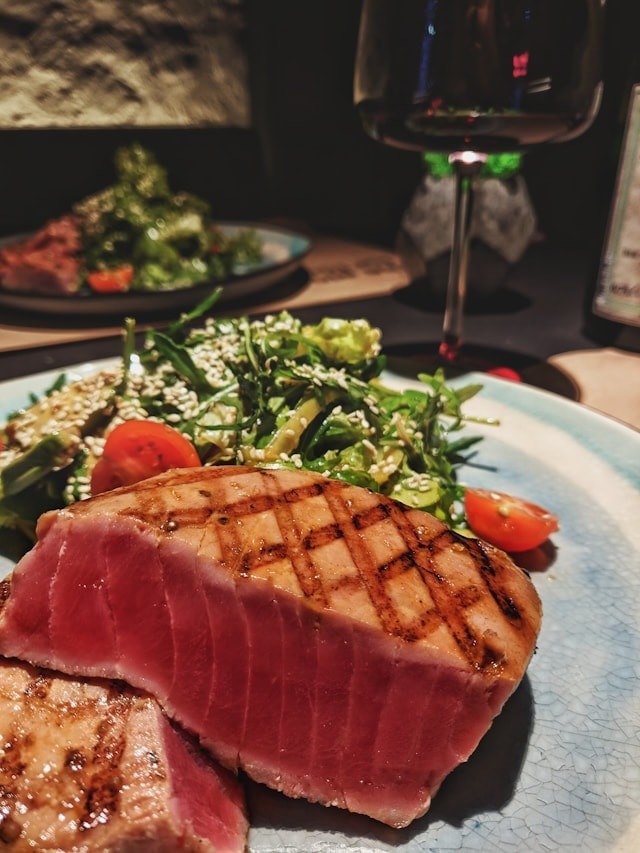
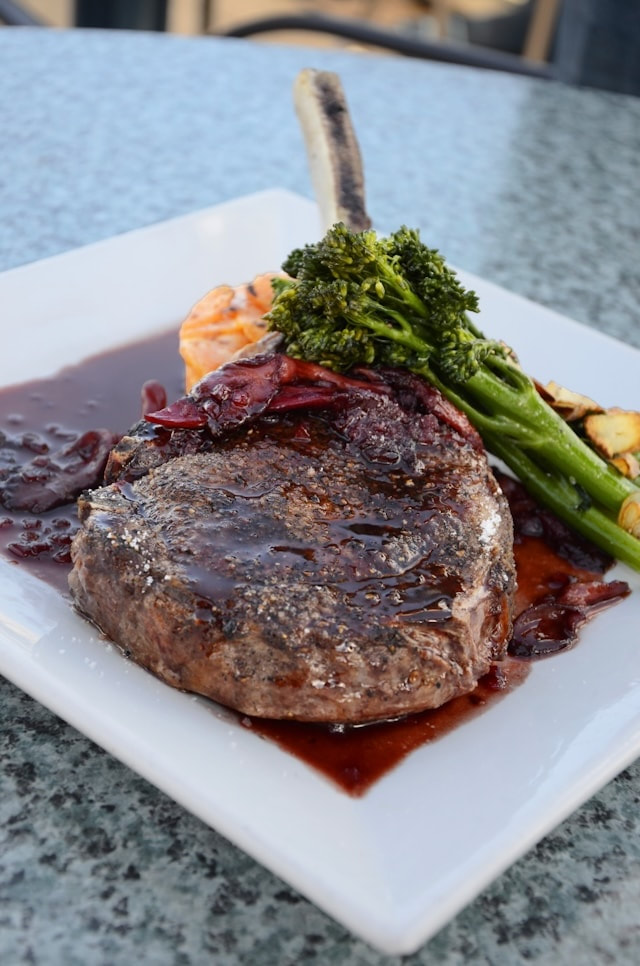
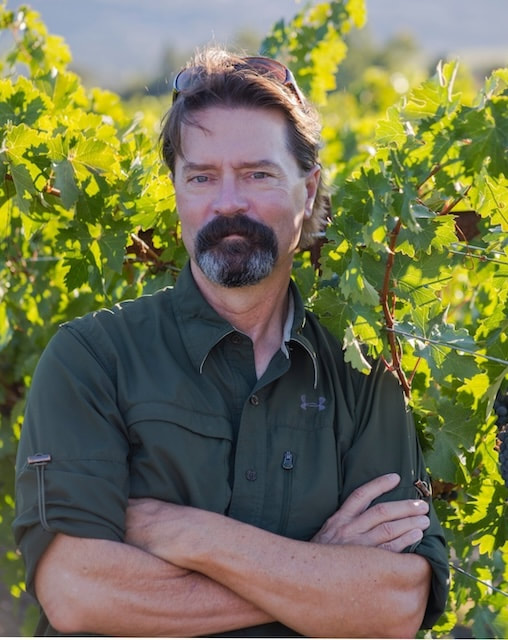
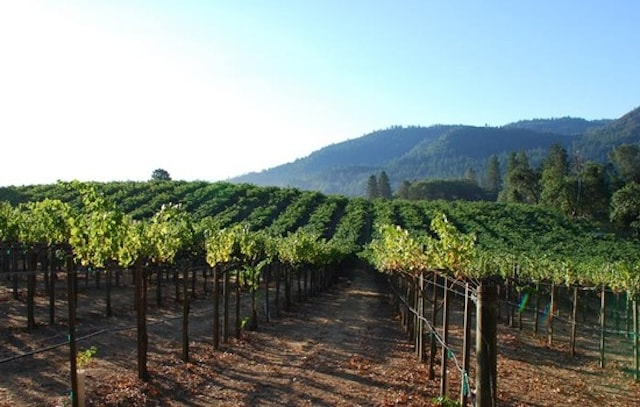
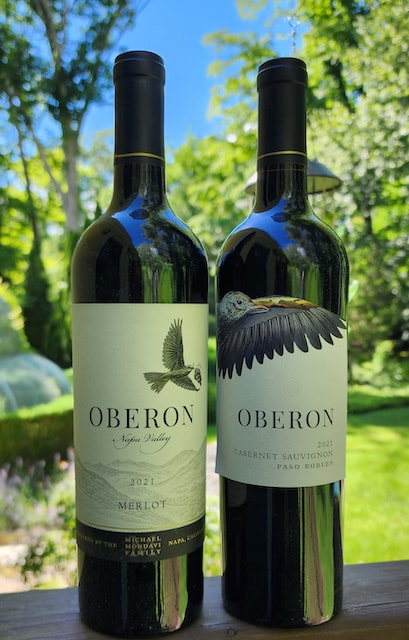
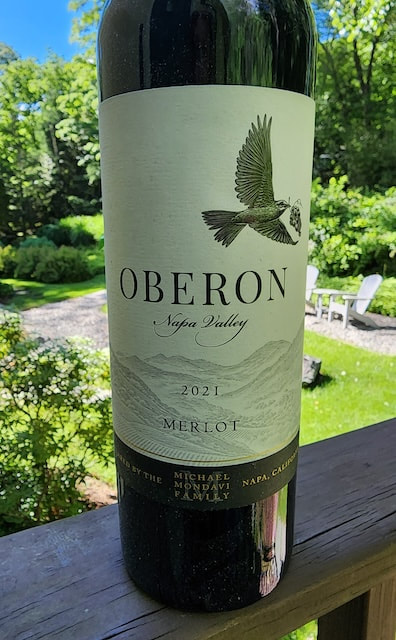
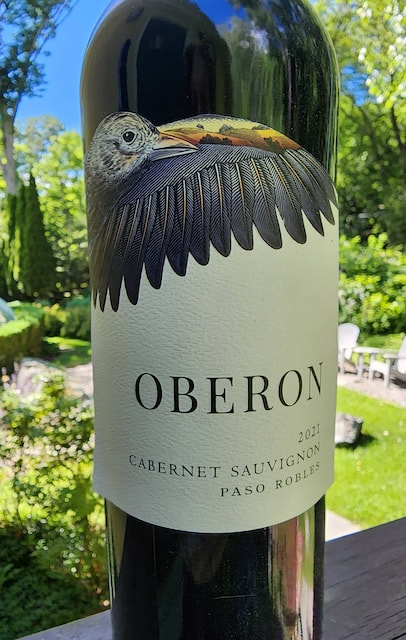
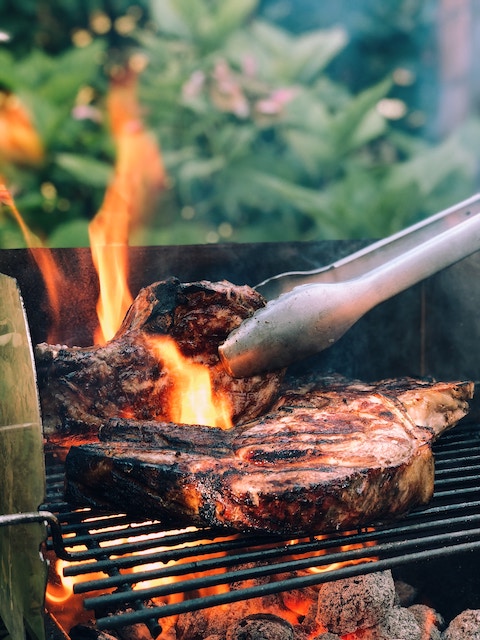
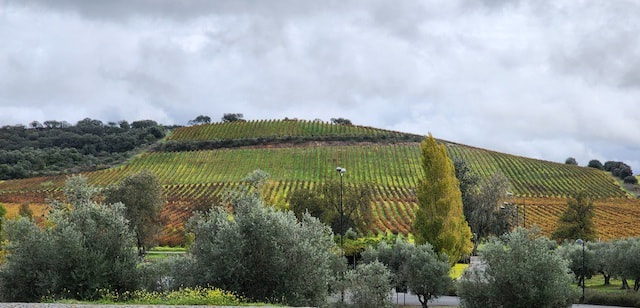
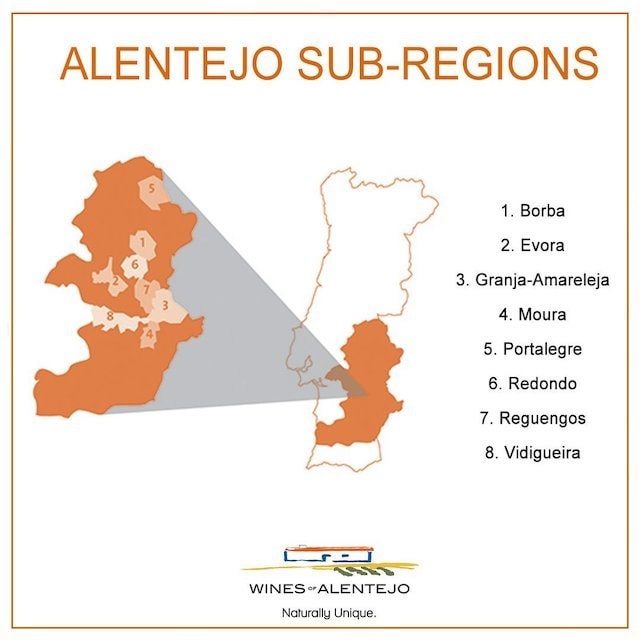
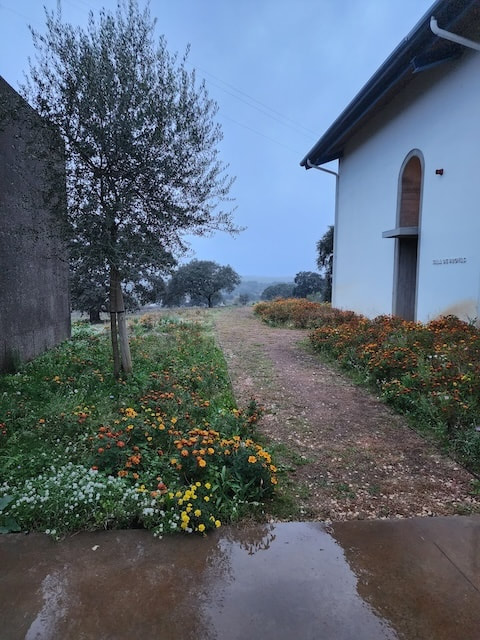
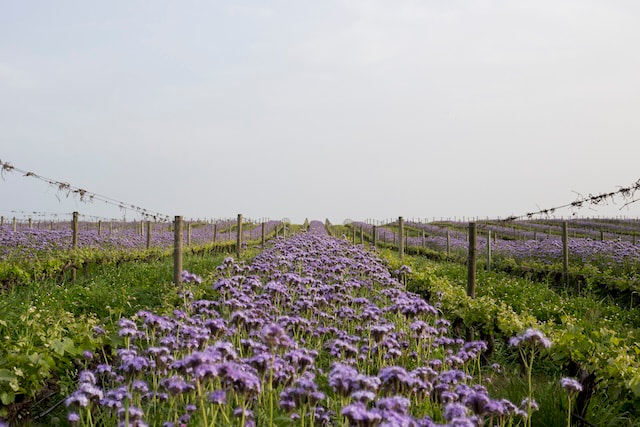
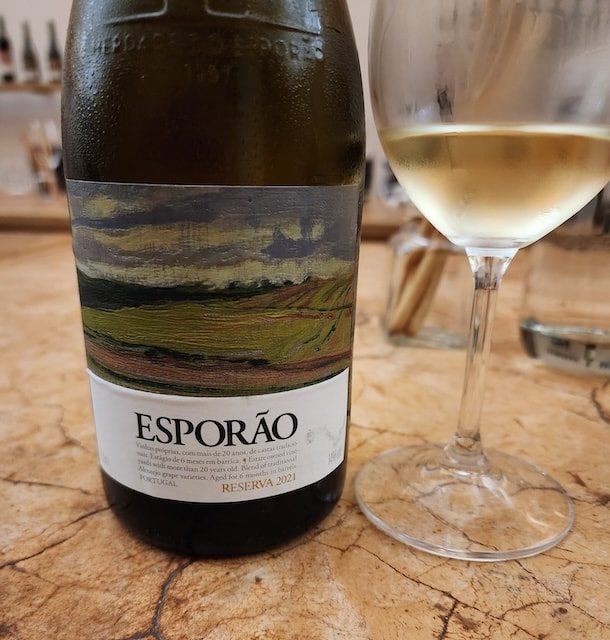
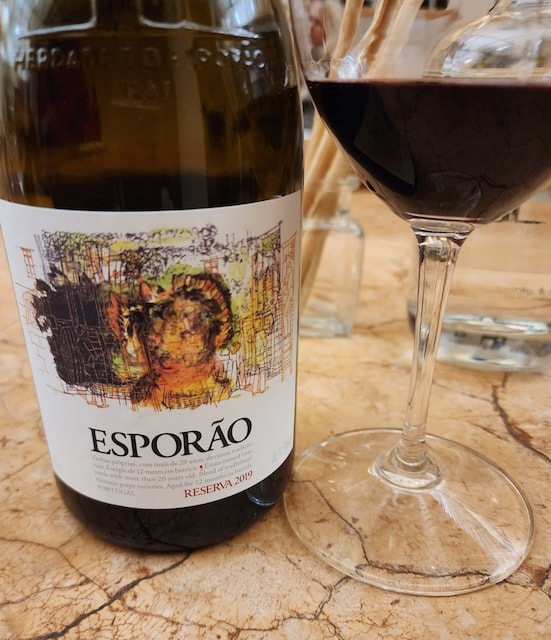
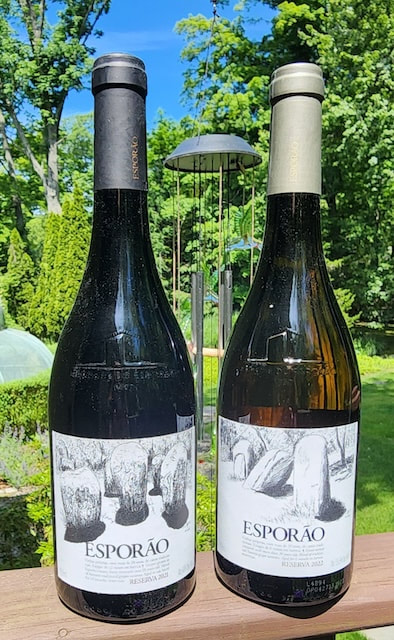
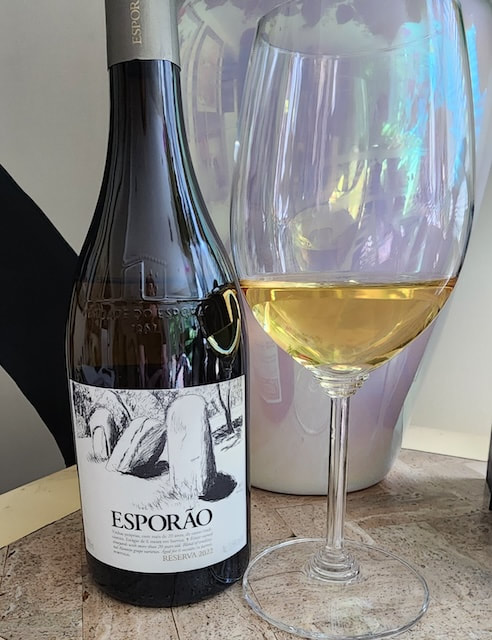
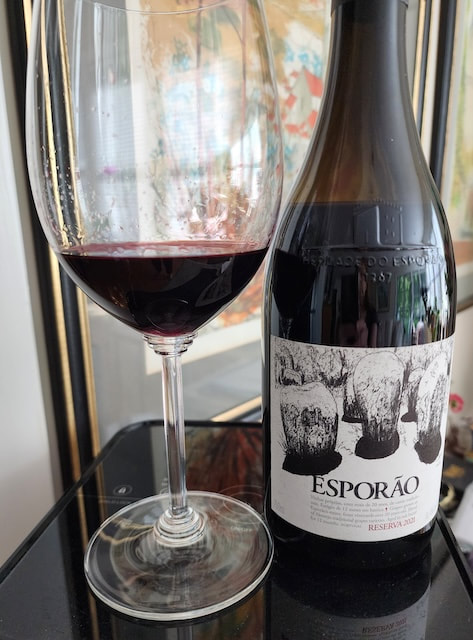
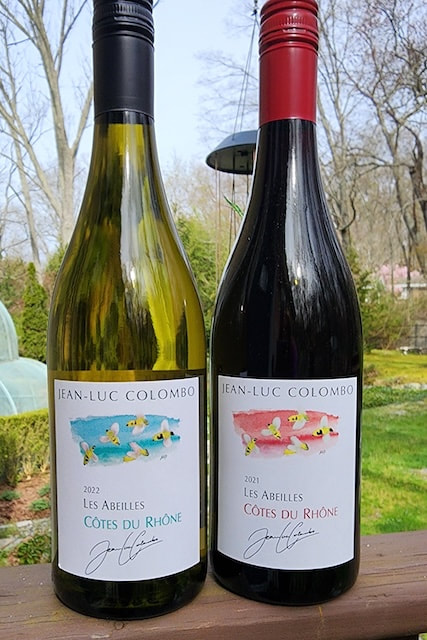
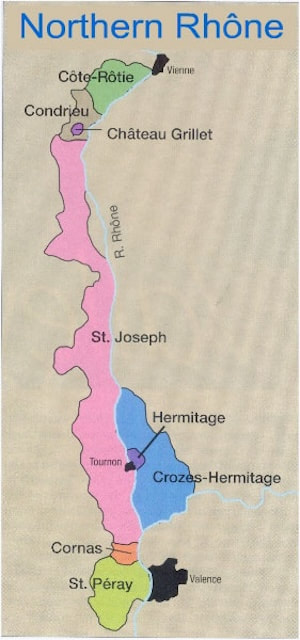
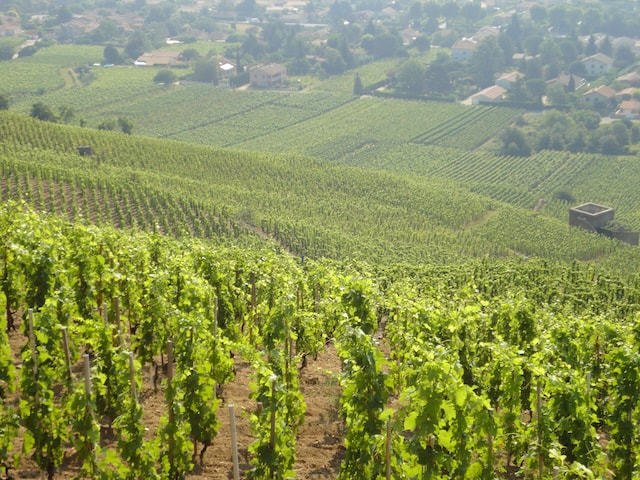
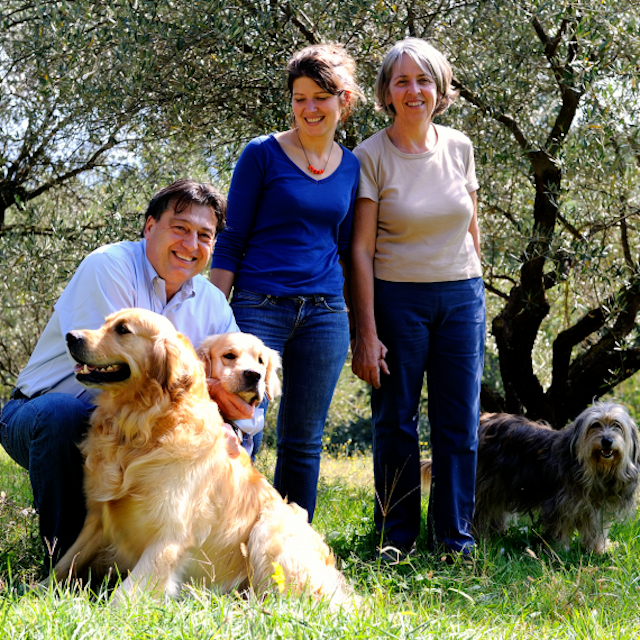
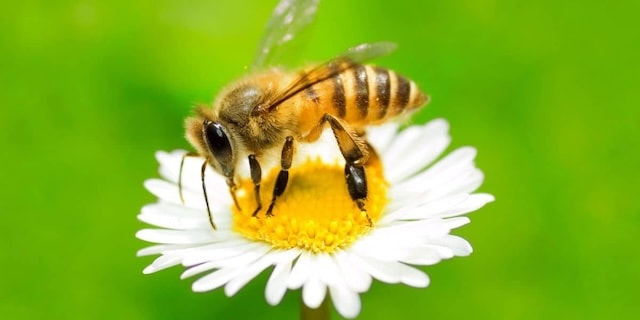
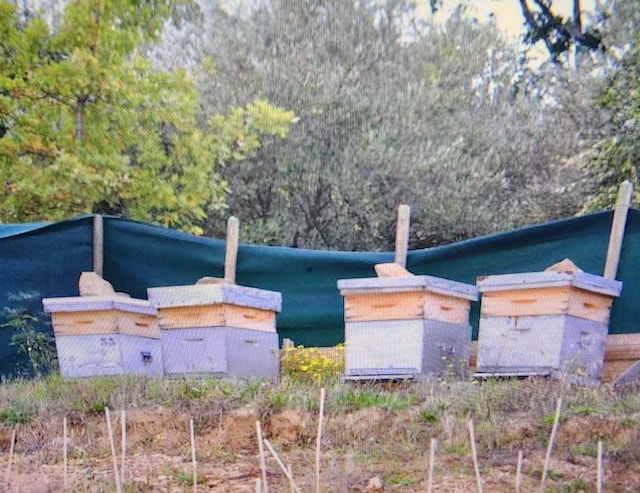
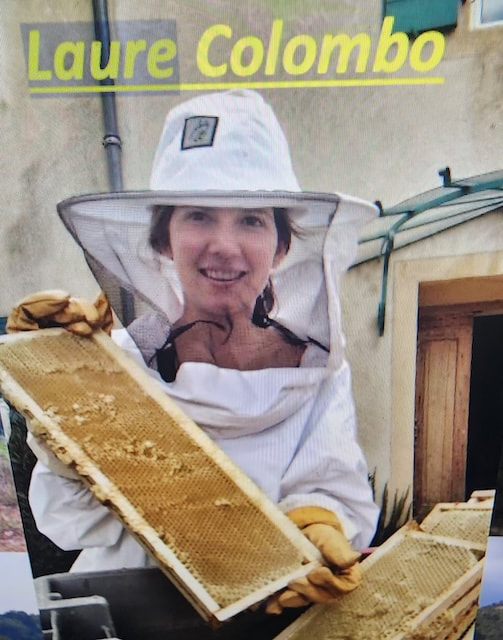
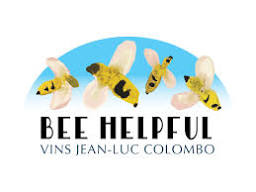
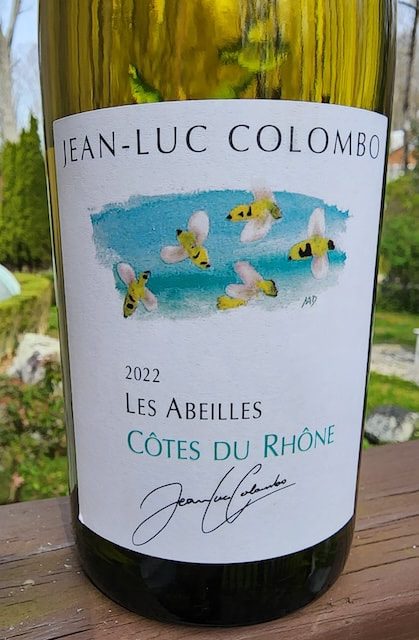
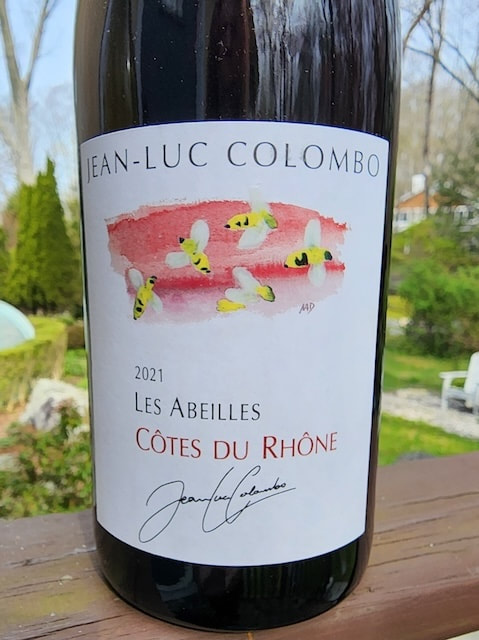
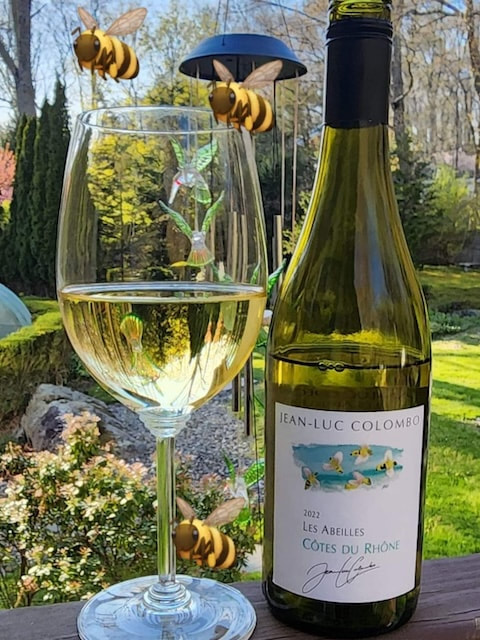
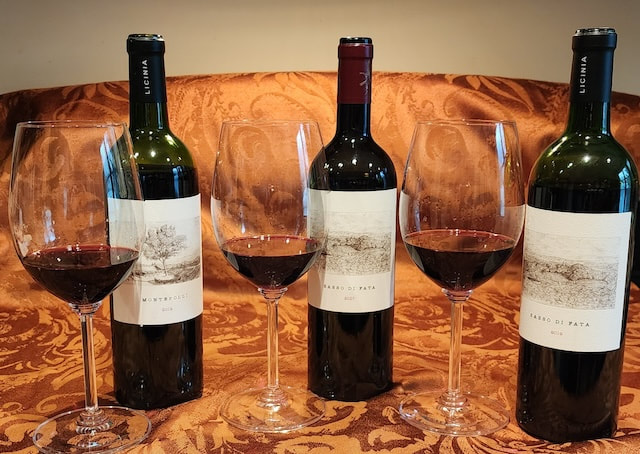
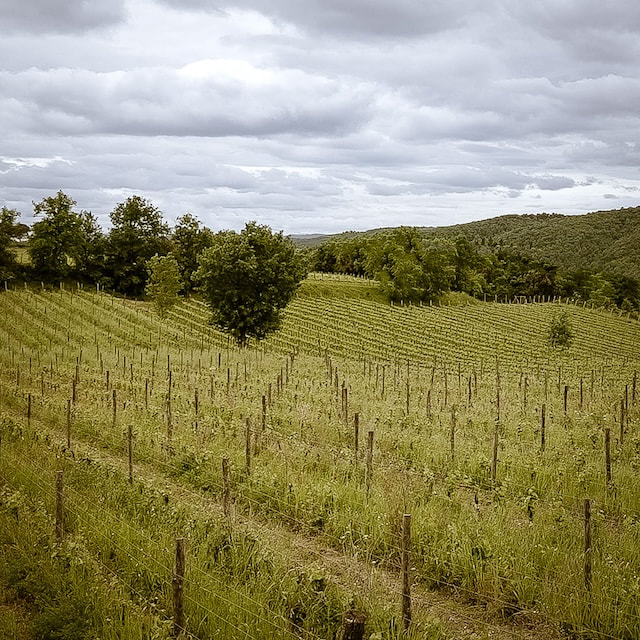

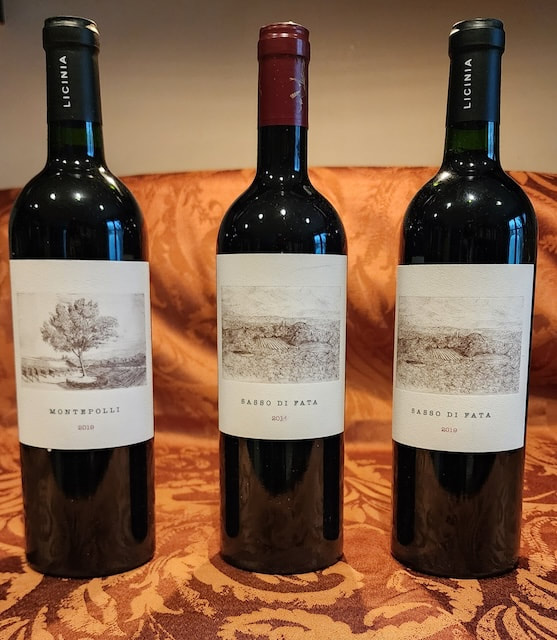
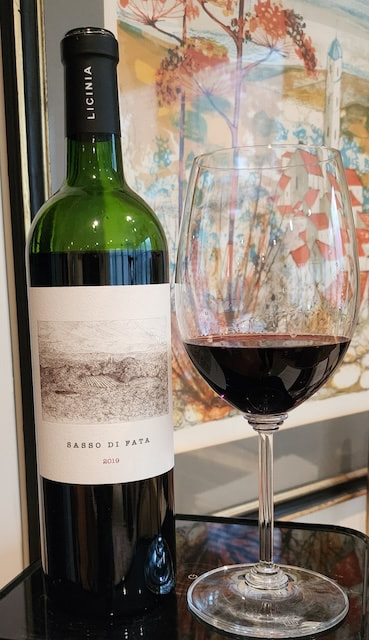
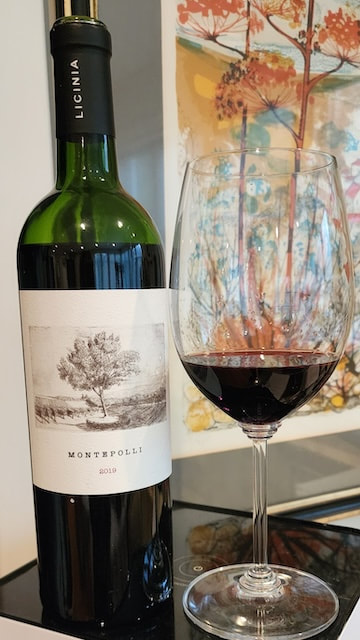
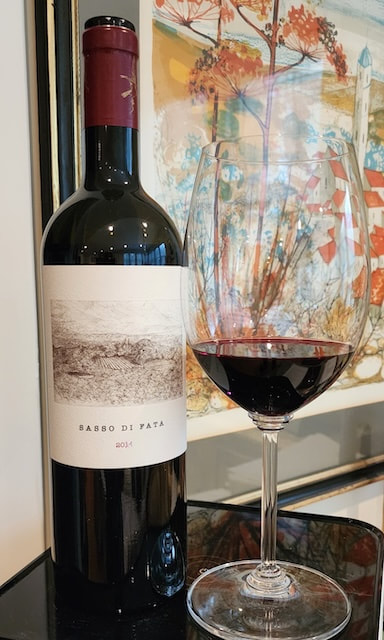
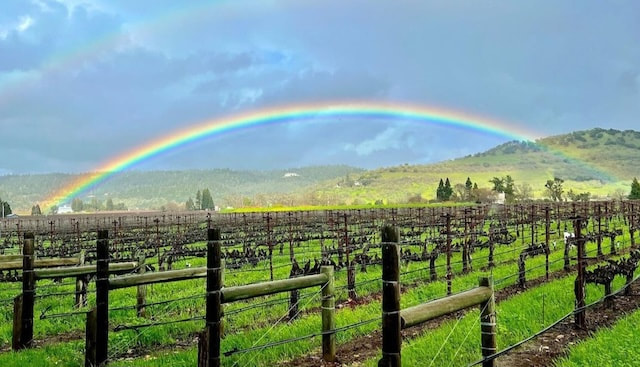
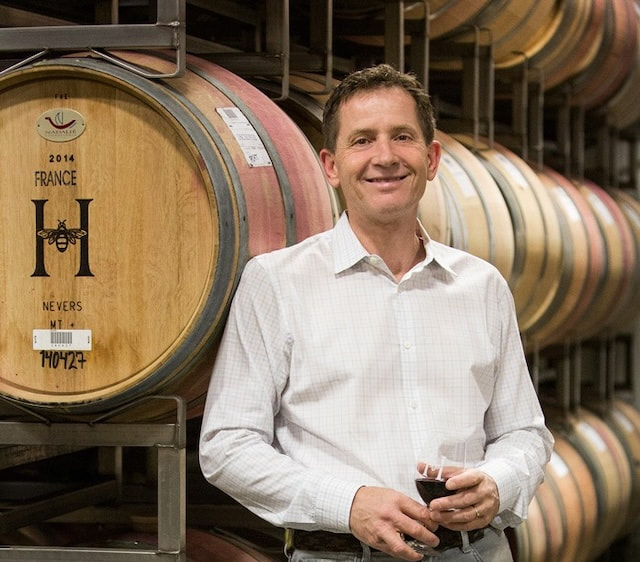
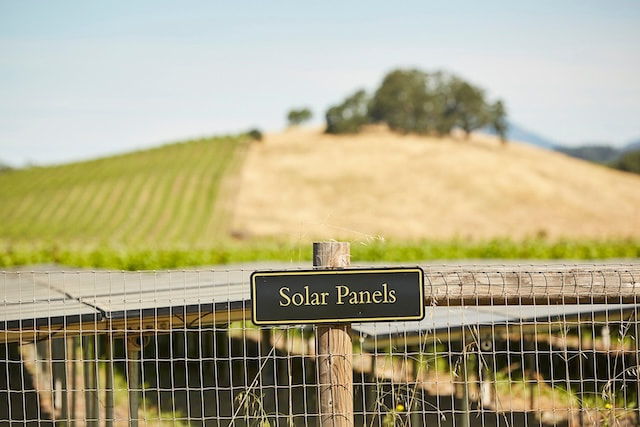
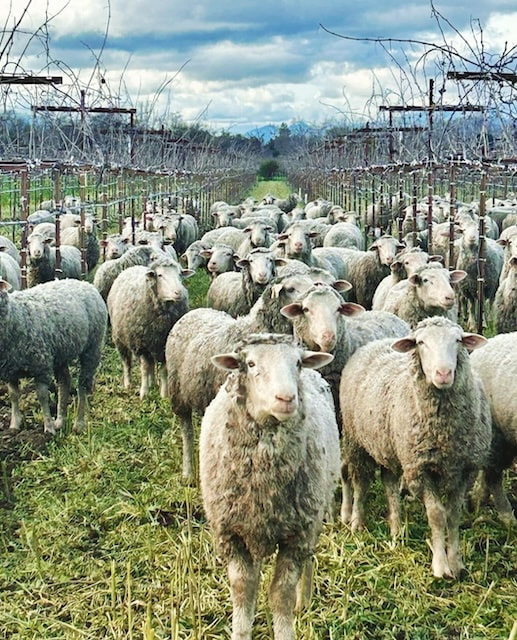
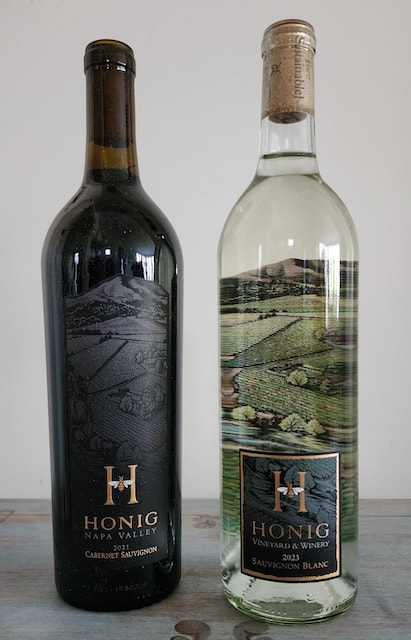
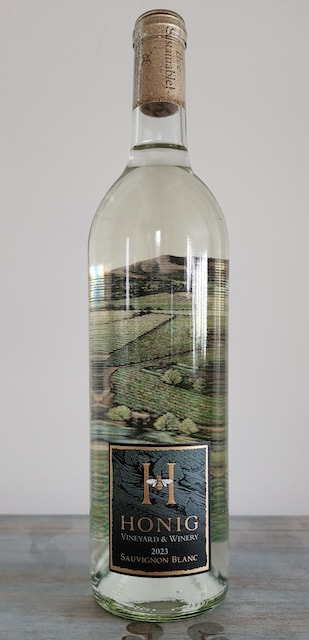
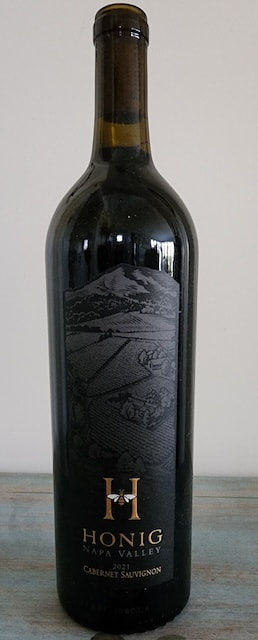
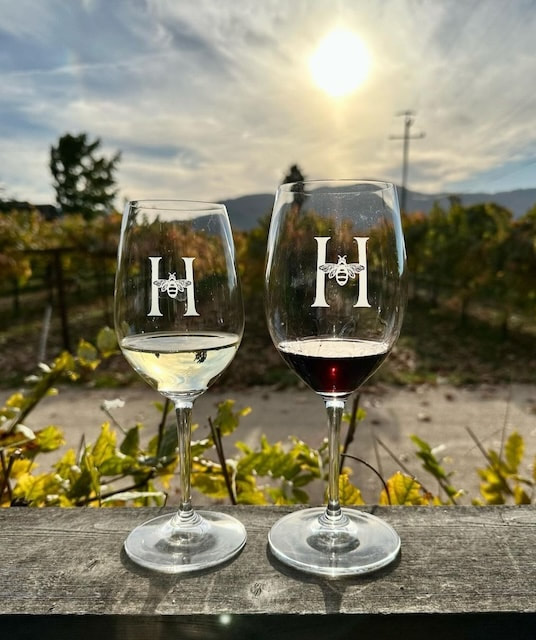
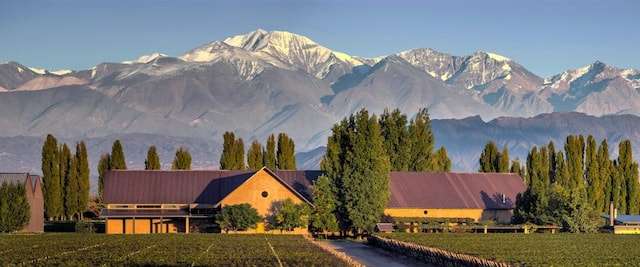
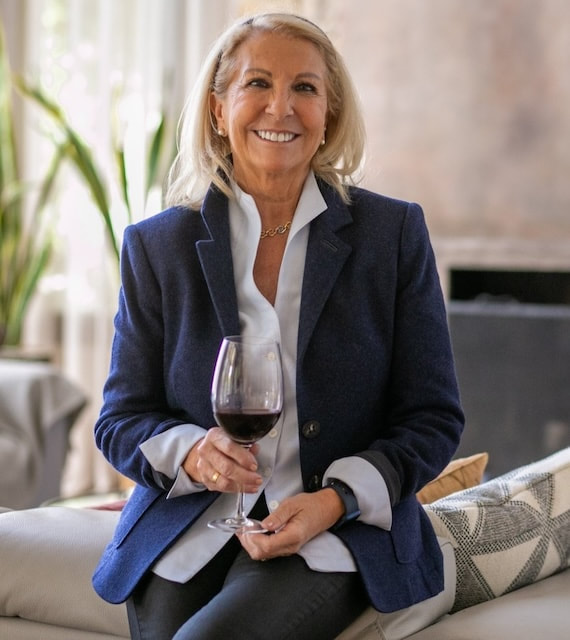
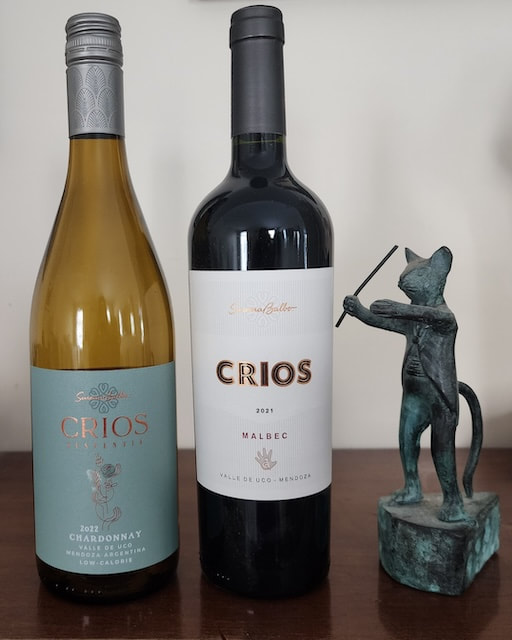
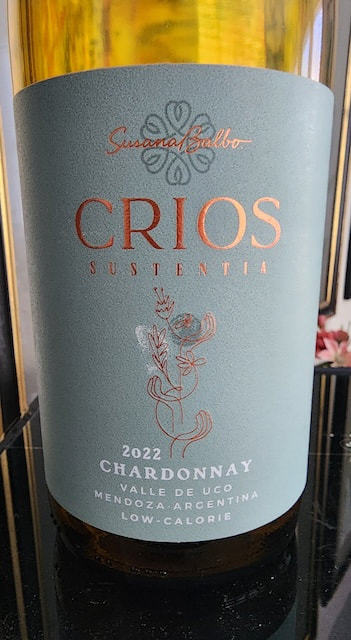
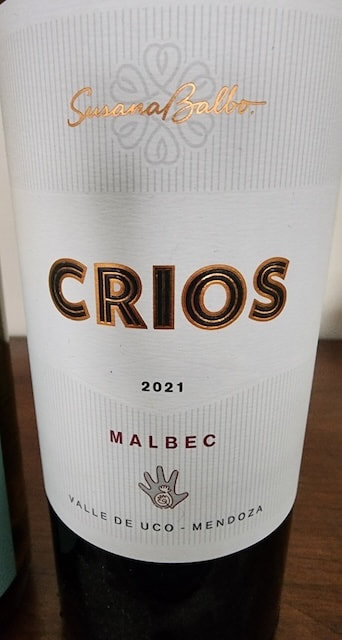
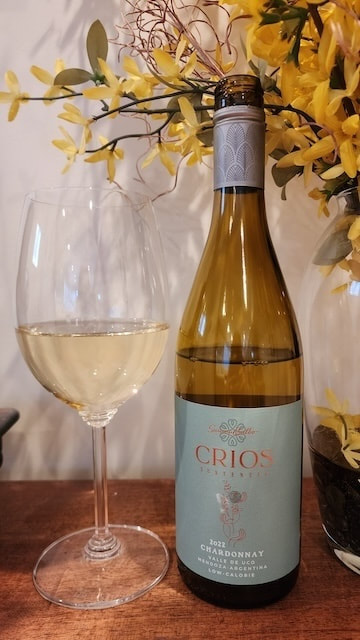

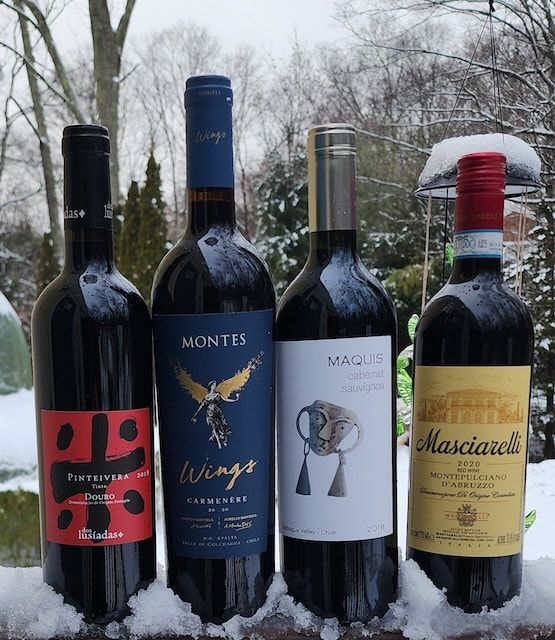
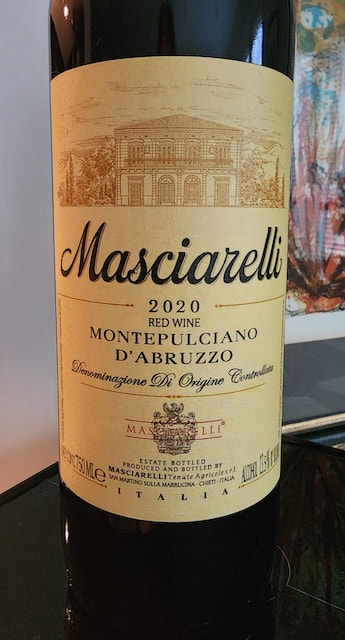
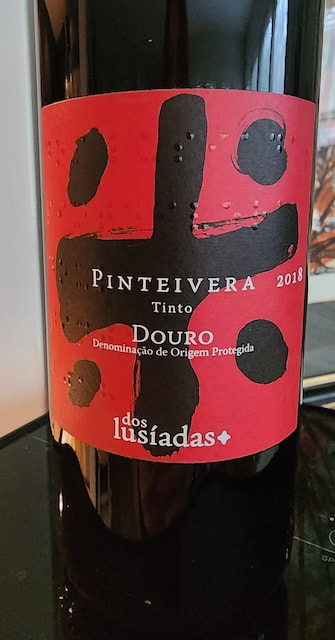
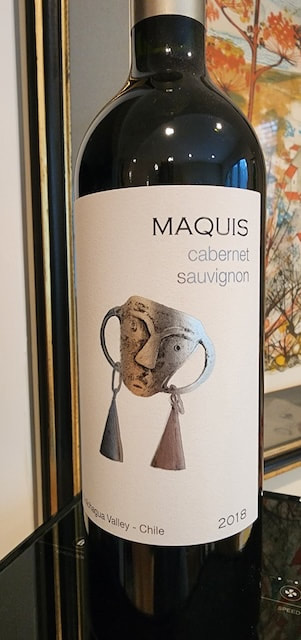
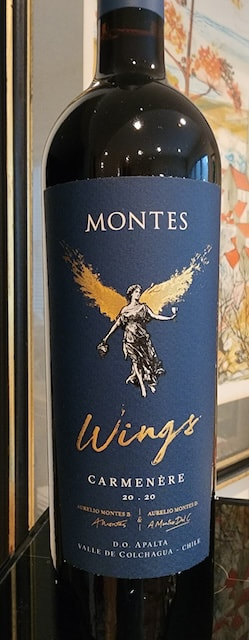
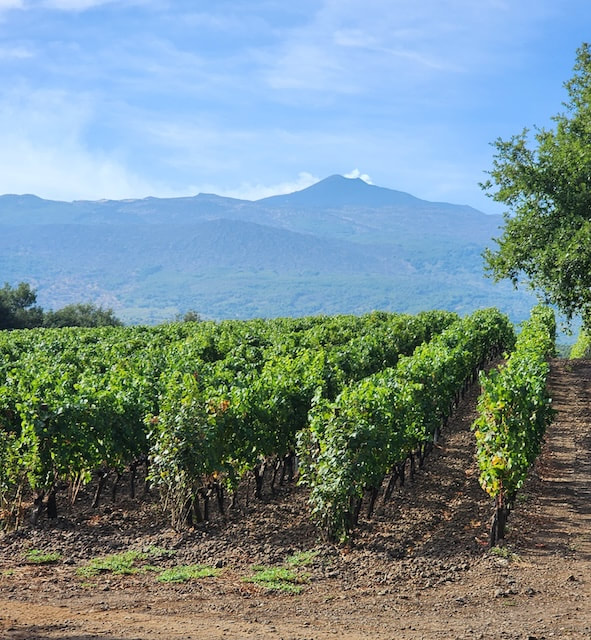
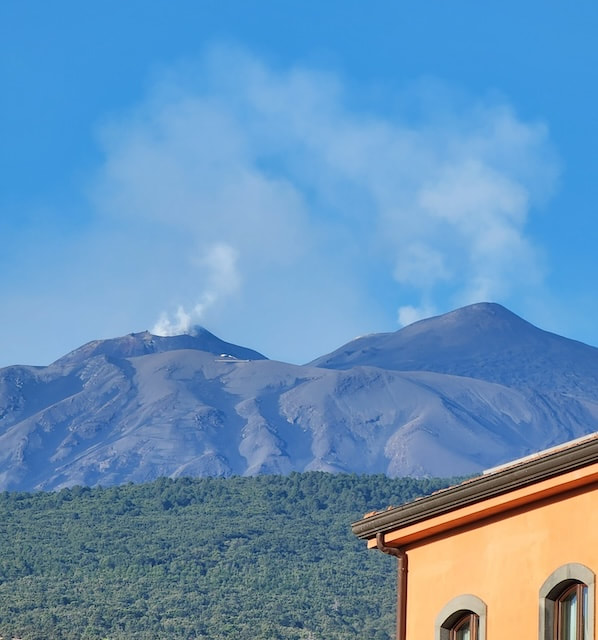
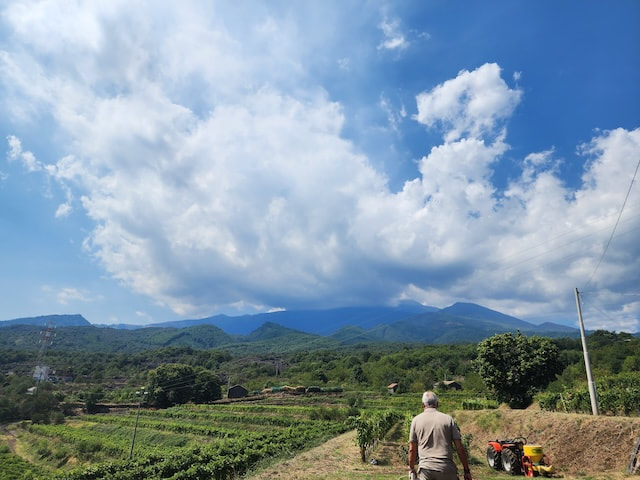
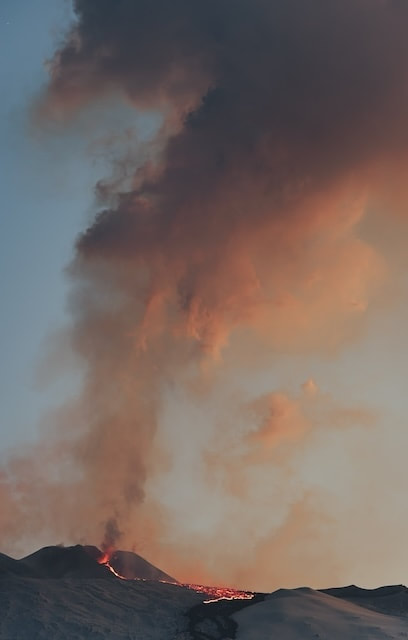
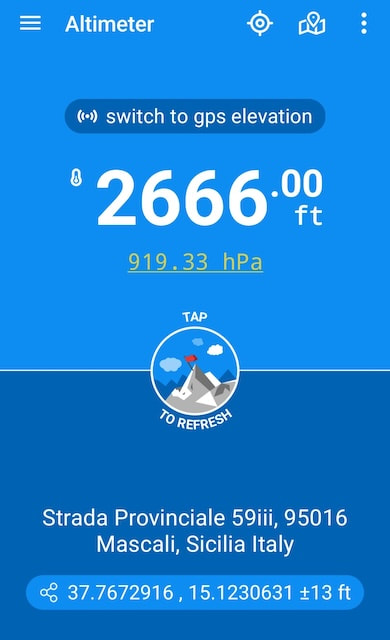
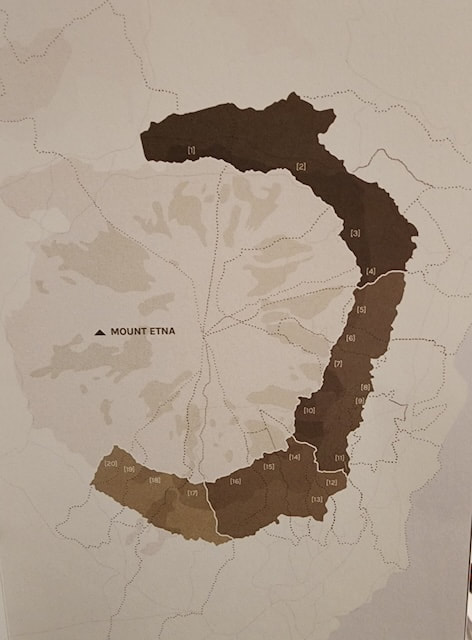
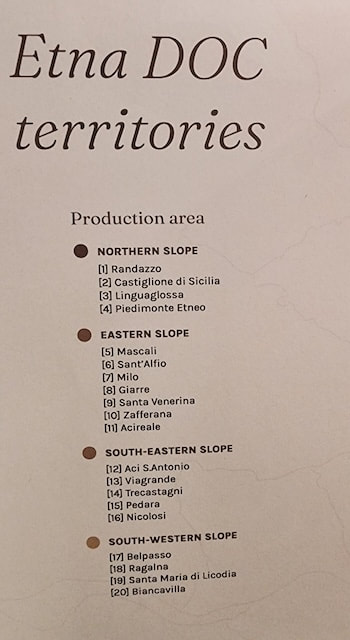
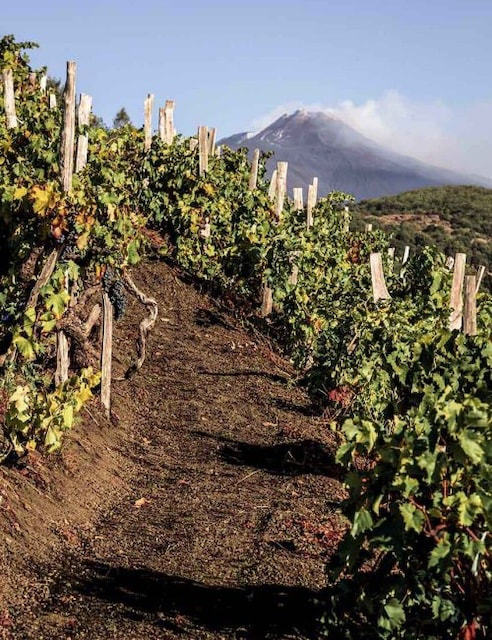
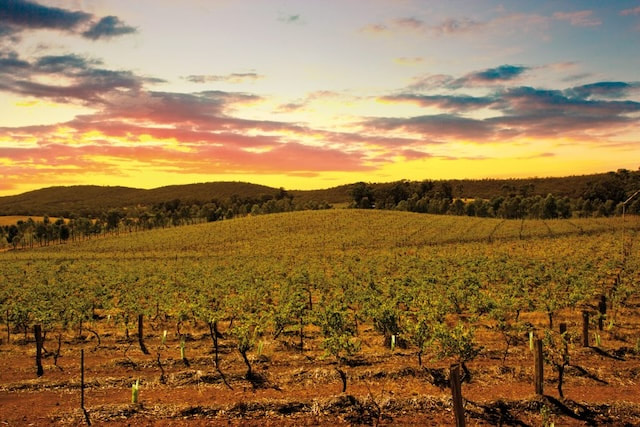
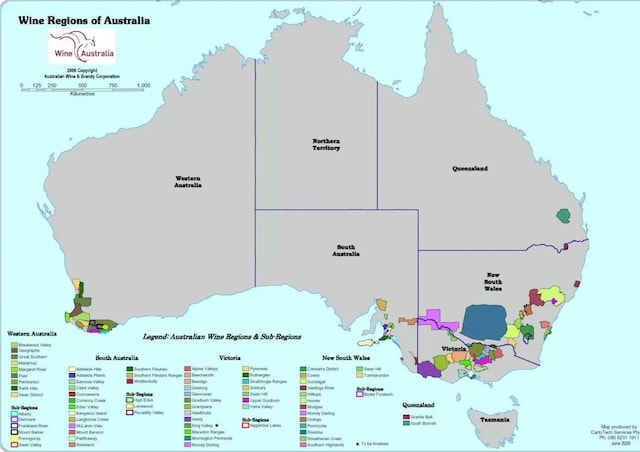
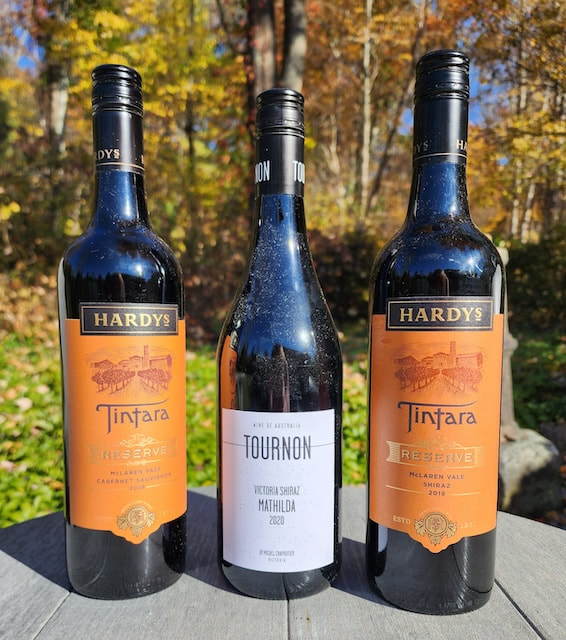
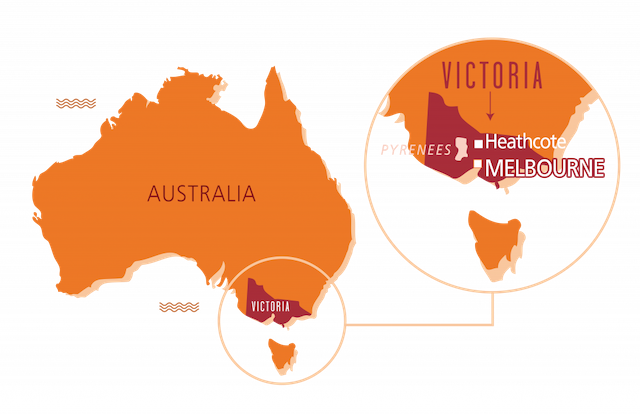
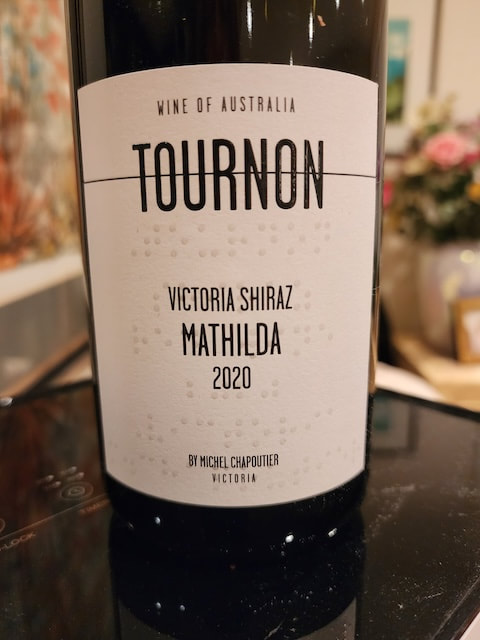
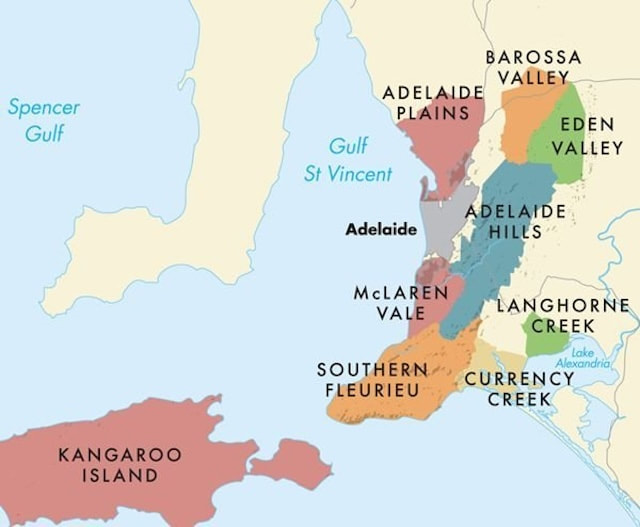
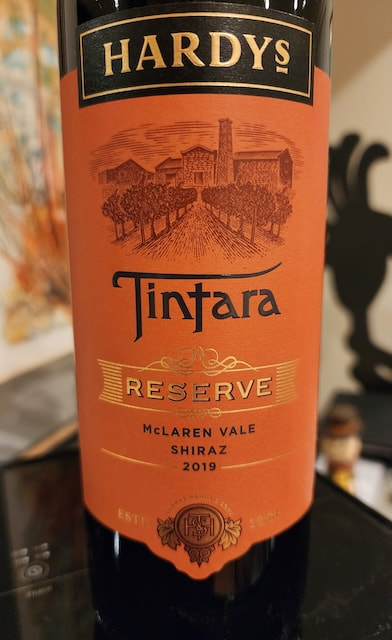
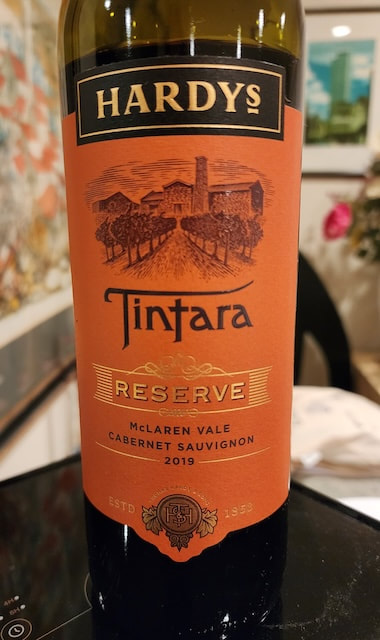
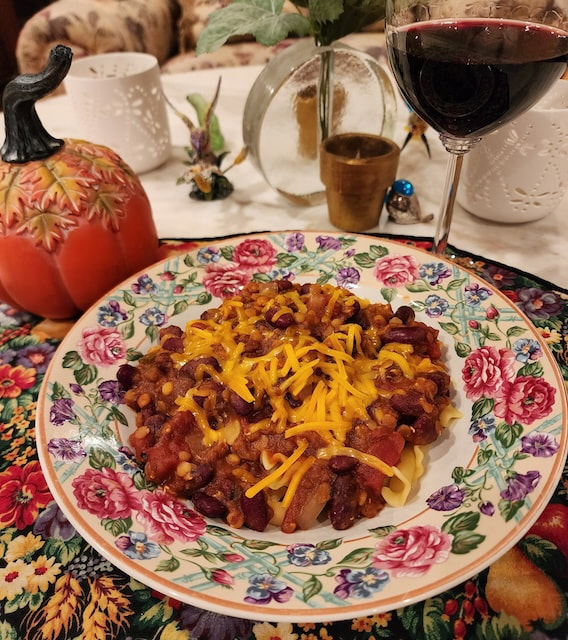
 RSS Feed
RSS Feed